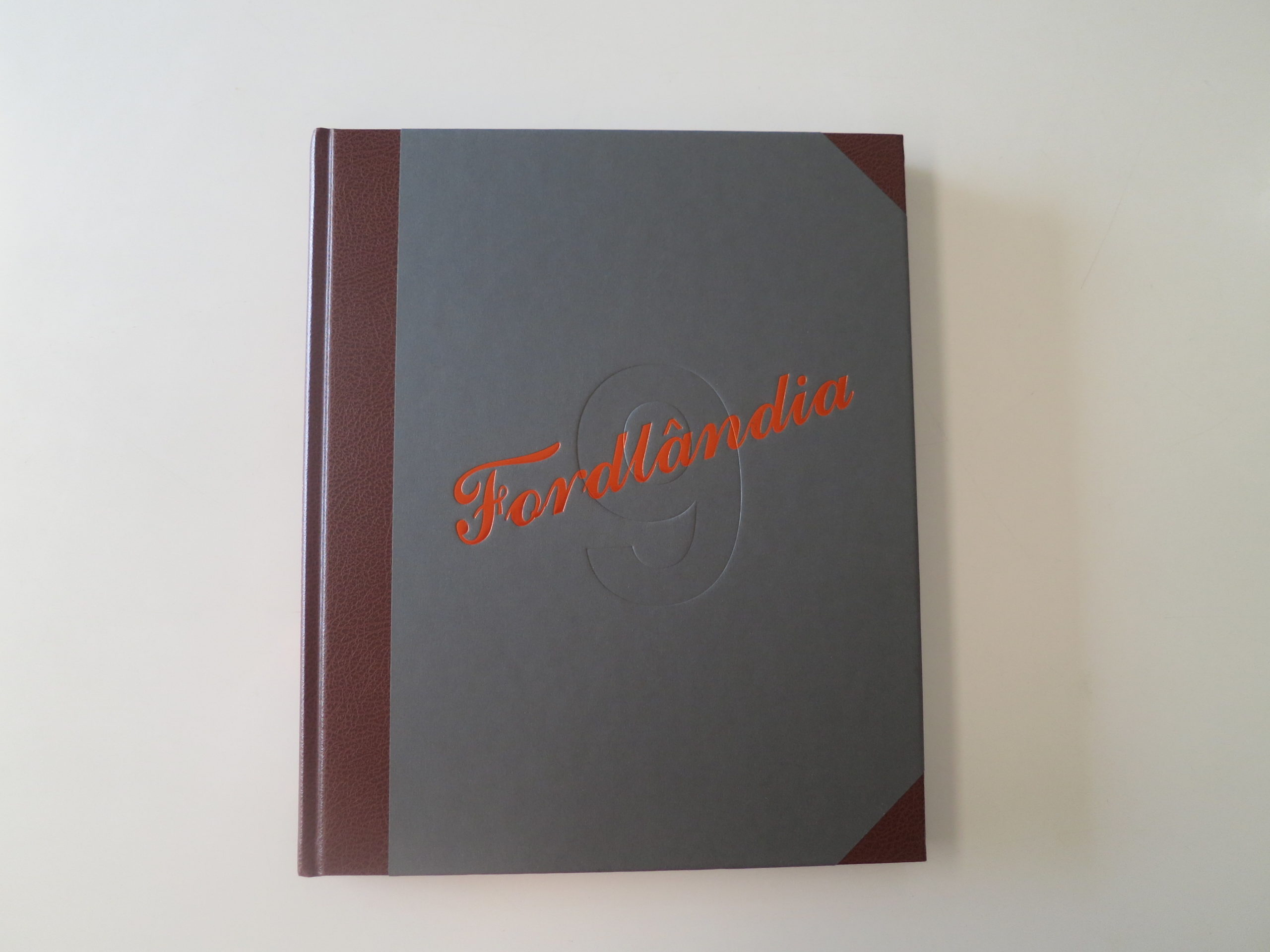
My daughter is turning eight next week.
Right here, in this space, I wrote about when she was born.
I discussed changing her diapers.
I shared how it felt.
It was 2012, and Barack Obama was about to be re-elected President of the United States.
His opponent, Mitt Romney, represented the Republican Party. Now, he’s one of its foremost critics, from the inside, and President Obama, out of power nearly four years, unloaded on Donald Trump in the digital version of a Democratic Party convention.
My daughter and her brother just got their first pet: a mutt that we rescued from the animal shelter.
This morning, she asked if I’d write about the dog, and so I have. (Her name is Haley, she’s a blue heeler/pit bull mix, and we already love her dearly, after only two weeks.)
#2020 feels like a different century than 2012. A different millennium.
Perhaps a different timeline entirely?
But then again, “Space is paradise, time is hell.”
I read that just now, at the beginning of a super-impressive photobook, “Fordlandia 9,” by JM Ramírez-Suassi, from Madrid, published by NOW Photobooks, which turned up in the mail back in March.
I pulled the book from my stack this morning, knowing nothing about it, and my daughter spied me as I walked through the house with the cardboard box in tow.
She asked what I was going to do with the book, and I told her that I wrote about books for my work, and that sometimes I wrote about travel, but not now.
“Because you can’t travel?” she asked.
“Exactly,” I said.
But of course I can travel, in my mind.
A great photo book allows me, and all of us, to venture to far-flung parts of the world, in our imagination, if everything comes together just right.
Is time hell?
Was the quote correct?
I’m not sure I agree, but I do think time is experiential, and I’ve shared that thought with you before.
These days, people speak of Covid-time, and it’s generally accepted that #2020 feels like 10 years compressed into one.
And Einstein’s theory of relativity proves that time does change, relative to the speed of light, so why can’t it change relative to our perceptions as well?
While looking through this excellent book, time slowed down for me, and I lost track of where I was. Just as I write in flow, and forget where I am for a little while, this photobook took me out of my head, and out of my chair, and that was exactly what I needed today.
Honestly, I’m not sure if the artist is a man or a woman, given the name is comprised of initials, but I’ll check when I’m done writing and add it as a post-script, just so we know.
But I did break my traditional rule of no Googling while reviewing, and I’m glad I did. (We’ll get to that in a minute.)
I was impressed from the jump with “Fordlandia 9,” as the cover has a leather spine, and leather corners, which goes a long way towards making it look like a photo album. (At significant expense, I’d imagine.)
It opens with the aforementioned quote, and then unspools a narrative in a slow, luxurious manner.
I was immediately sucked in, because the reproductions are so good. (Immaculate, really.)
There are occasional vellum pages interwoven, which I also liked.
My first thought was this was a non-linear narrative, perhaps a collection of strong images that were not connected, as there is so little to go on.
Bit by bit, though, the story became clear.
First, there are hints of Portuguese, (rather than Spanish,) and a succession of jimmy-rigged objects that imply deep poverty, and the ingenuity that comes from having to make something out of nothing.
A leg-less chair tied and propped, so that it can be used as a seat.
A piece of cardboard fashioned to be sun protection.
Given the gritty texture and implication of humidity and poverty, I imagined it was set in Brazil, but that was only an educated guess, at first.
Then we see portraits, all of which depict serious people, perhaps a bit sad, but haunting in a way that we’ve seen before from images of residents of the “Third World.”
Muddy ground, gnarled trees, cars ensnared by growing vines.
The artist also weaves in just a few black and white images, which is tough to do, but works here as a repeating motif.
I use that term all the time, repeating motif, and then at one point, a subject is repeated, sitting in an old car, the first image in color, the second in black and white, but then there is a second man, a twin or look-alike brother, and it jarred me out of my reverie.
This book is so well thought out, and so well constructed.
Towards the end, we do see the Brazilian flag appear, and that’s the only legitimate tip-off of where we are, until the end notes.
Shortly thereafter, there is another piece of text, only the second after the opening quote, and it says “Matthew 15:13.”
That’s it.
Just a verse name.
So I felt compelled to break my no-Googling rule and look it up.
There are multiple translations, but the gist is this, “He replied, ‘Every plant that my heavenly Father has not planted will be pulled up by the roots.'”
(The He in question being Jesus.)
The text is placed in between one image that might be a person walking into a hole in a giant tree, (or a cave,) and right before a picture of some bent-finger-like tree branches.
Of course I took it to mean that the Amazon is being de-forested at such a rapid rate, we might all fucking die in a decade or two.
Powerful, powerful stuff.
Finally, the end note tells us the photos were shot mainly in the states of Para, Amazonas and Mato Grosso, in 2017 and 2019.
I’m not sure I’ve ever learned so much from a book with so few words.
This one is brilliant, and now that I’m back from Brazil, and back in my comfortable chair, I’m thinking less about American politics, and more about appreciating the life I have.
And hoping the planet is healthy enough that my daughter gets to live to 88.
No promises.
(PS: The artist is male.)
To purchase “Fordlandia 9” click here
If you’d like to submit a book for potential review, please contact me directly at jonathanblaustein@gmail.com. We are particularly interested in books by women, and artists of color, so we may maintain a balanced program.
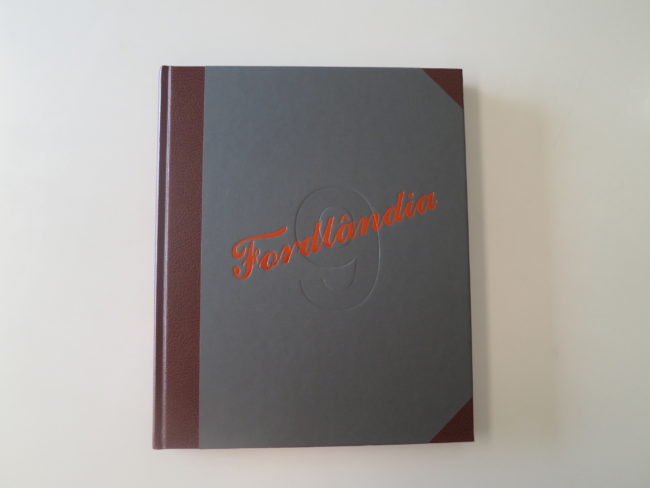


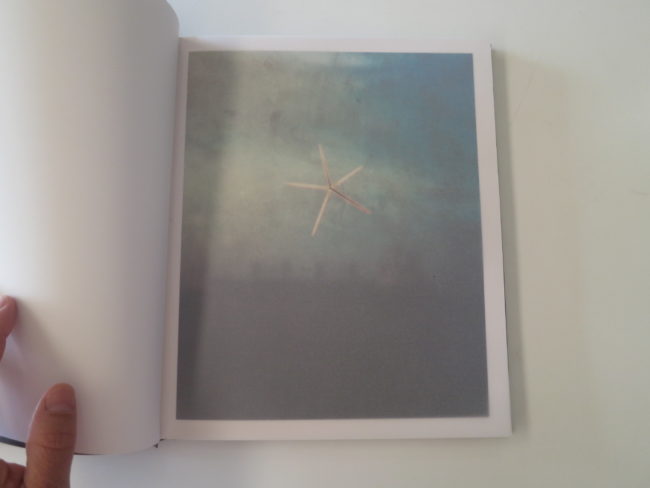


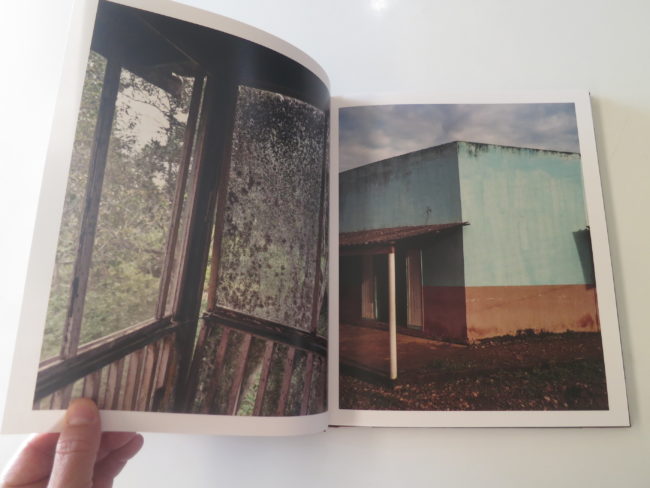

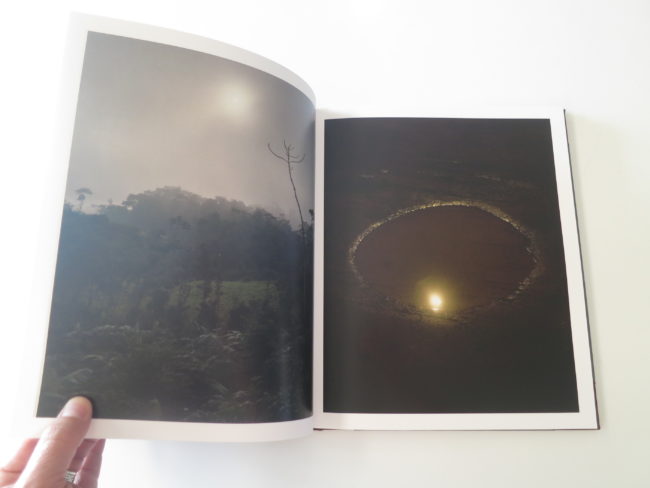
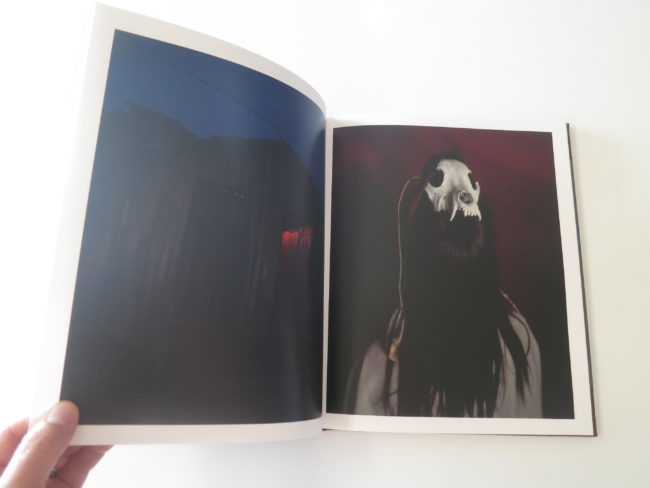
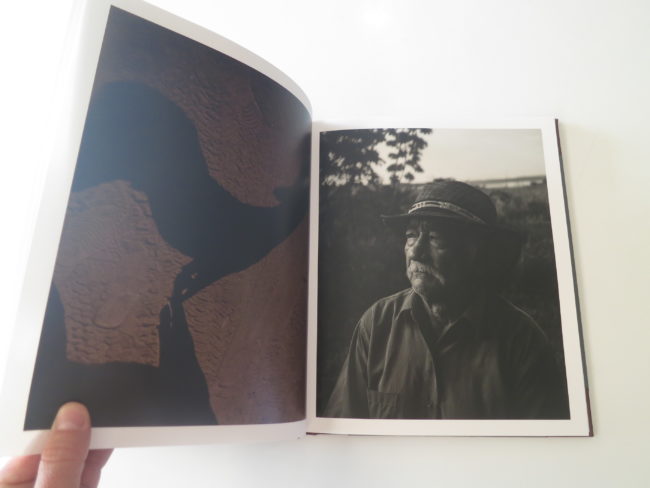
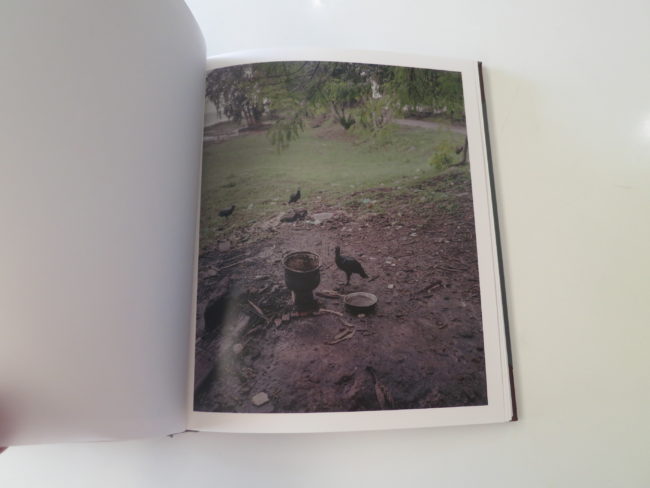

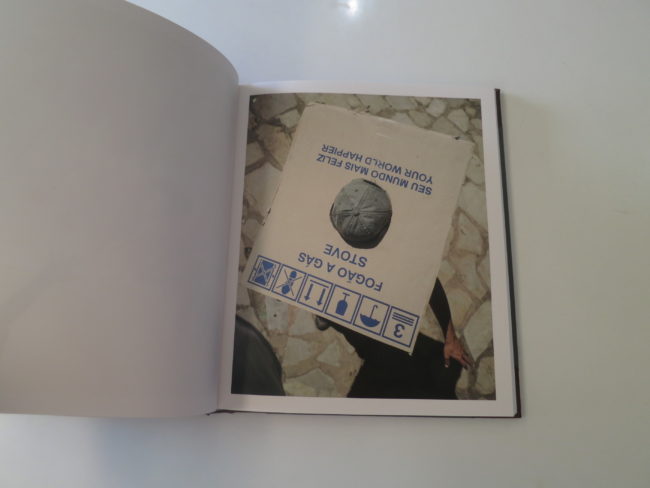

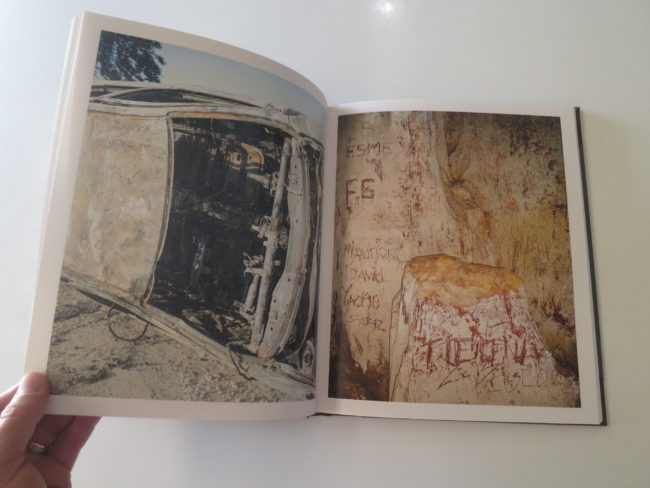
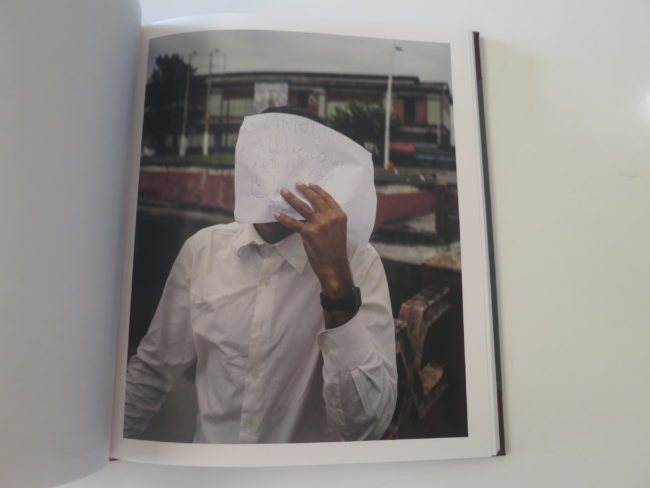
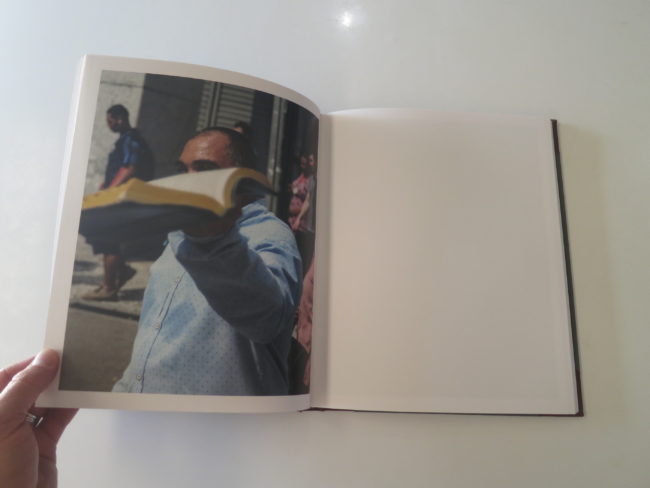
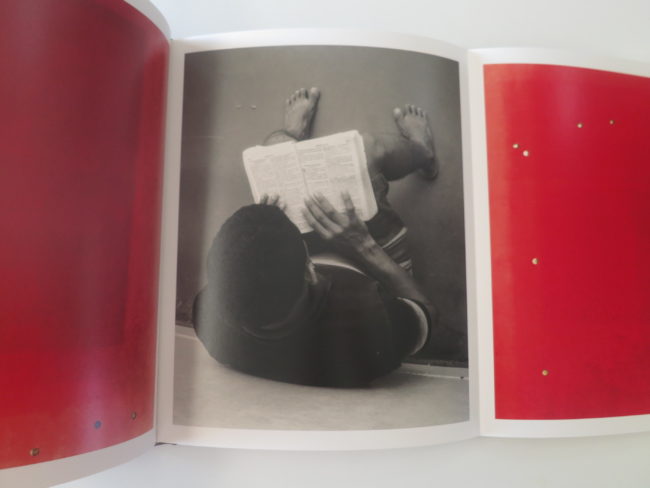
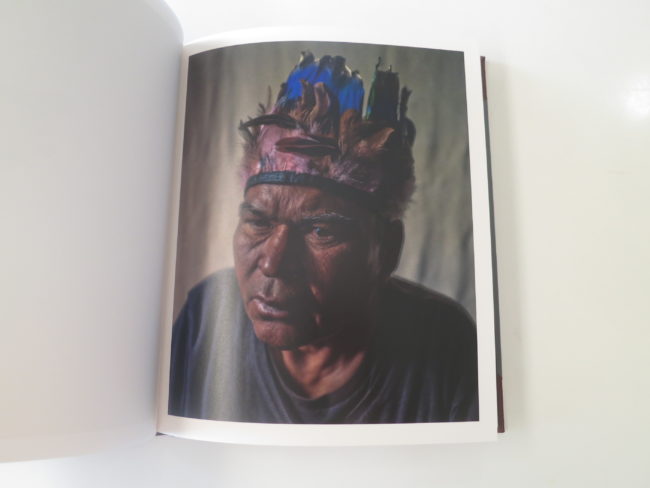
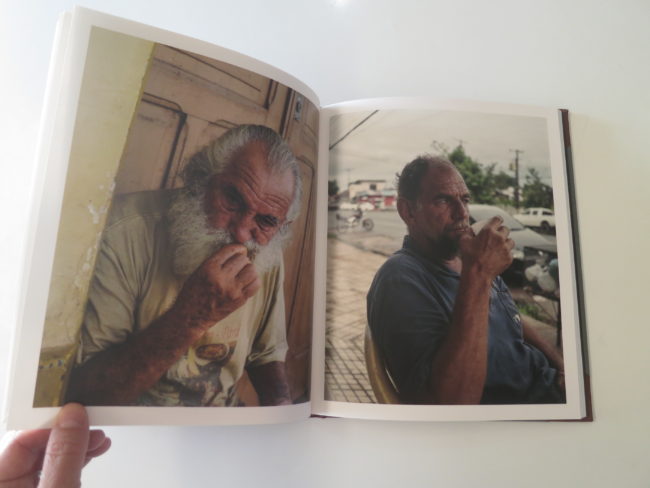
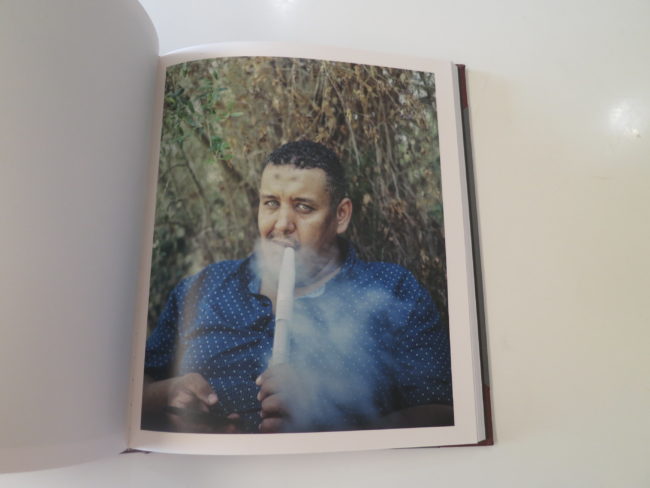
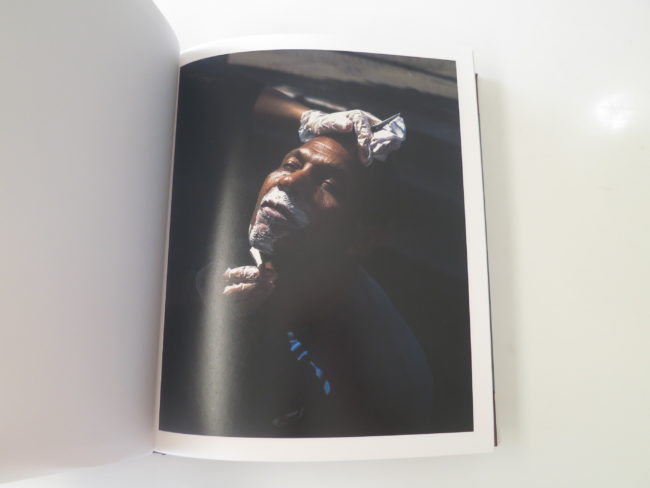

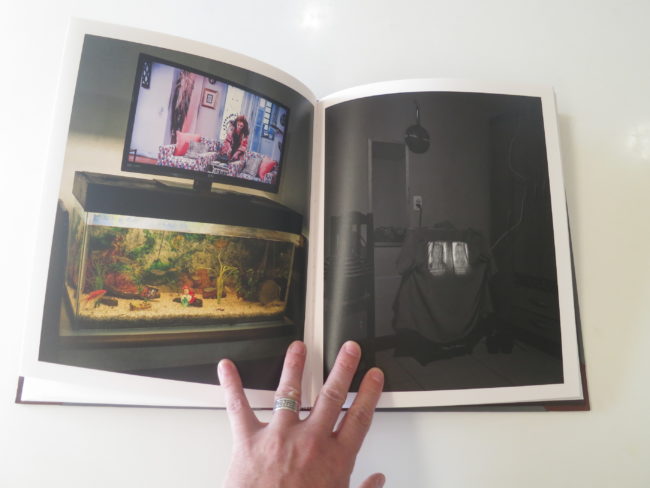
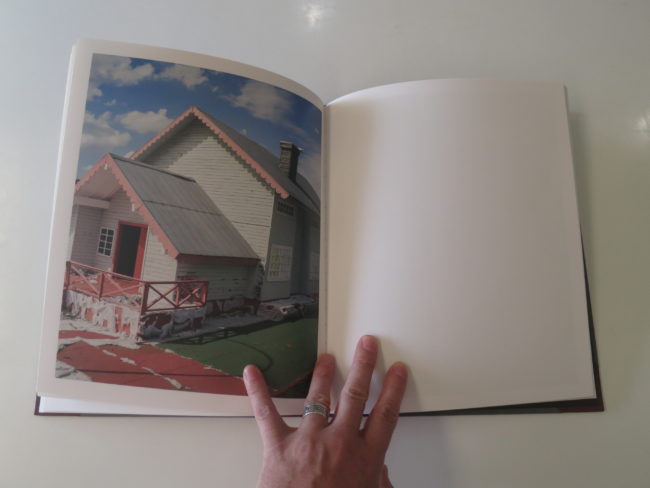
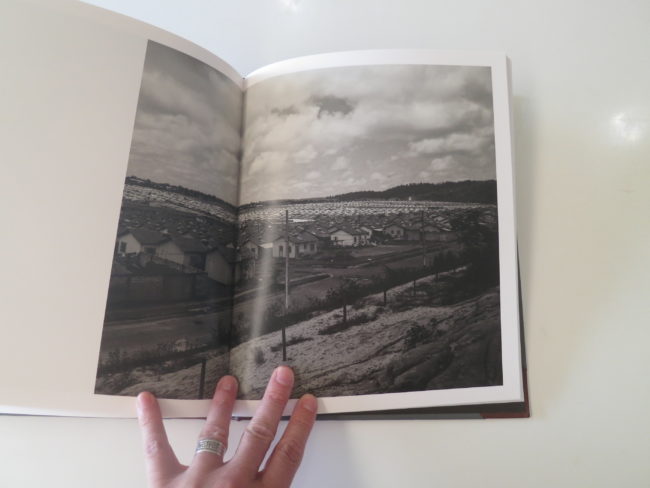



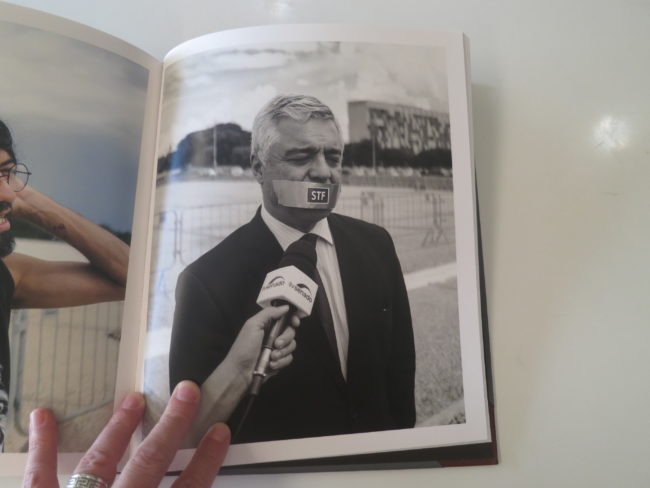
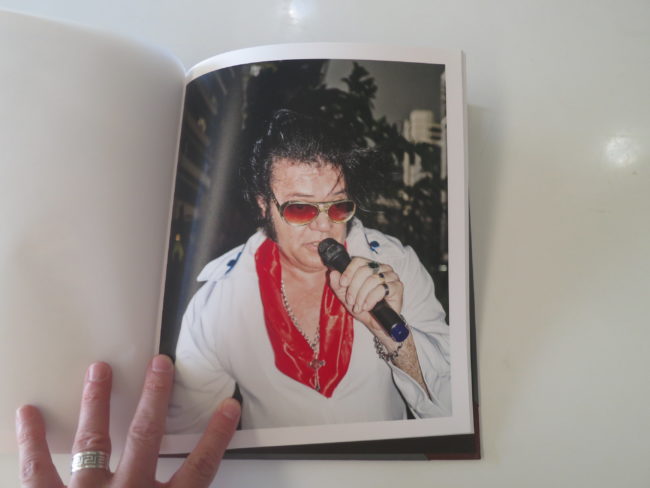
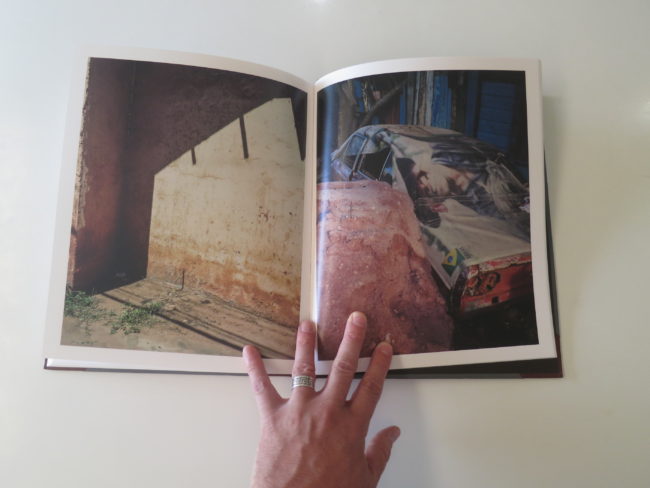
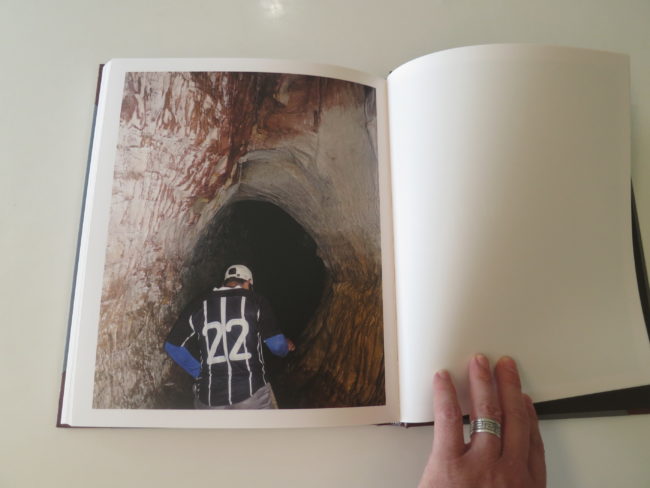
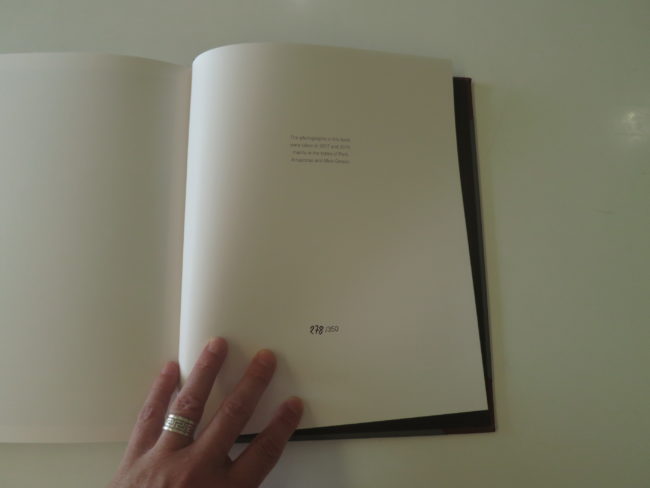
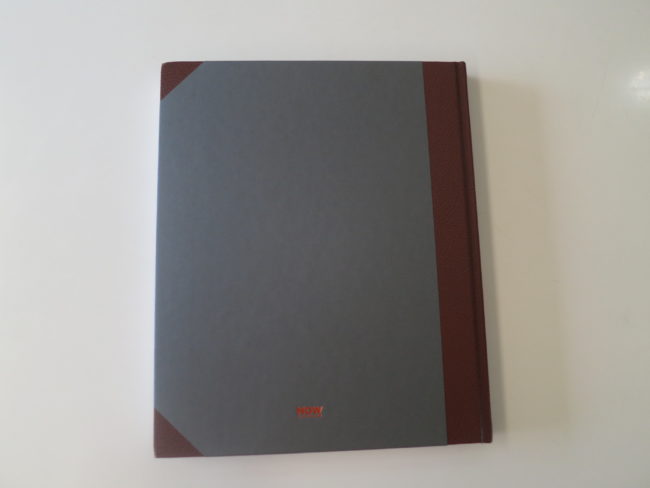
3 Comments
Hi, just wanted to say hi, and thank your for your weekly posts. I read them religiously and enjoy them enormously. I also wanted to share something, in the I stumbled on when googling the book title (for sources of purchase), which is that Fordlandia 9 is really significant as title of the book. It refers to an agreement between the Henry Ford and the Brazilian government in the 1930’s which exchanged a concession for 3900 square miles of land in exchange for 9% of the profits Ford expected to generate from the development of natural rubber for the US tire market. The planned city/town built within the 3900 square miles was called Fordlandia. I suspect all the pictures will have been taken within the 3900 square miles. The enterprise did not pan out. The town had fewer than 100 inhabitants until only recently. Thought you would find this interesting if you didn’t already know.
Thank you! A couple of readers sent me notes on this. Really appreciate the heads up!
Awesome images and concept. Thanks for showing it
Comments are closed for this article!